Proper table setting etiquette is essential in formal dinner planning, as it reflects your attention to detail and respect for your guests. A well-laid table creates an ambiance of elegance and sophistication, setting the tone for a memorable dining experience. However, navigating the intricacies of how to set a table can be intimidating, particularly if you are new to dinner party planning. In this blog post, we will discuss the dos and don'ts of table-setting etiquette to help you host a flawless formal dinner that your guests will appreciate and cherish.
Tablecloth Or Placemats
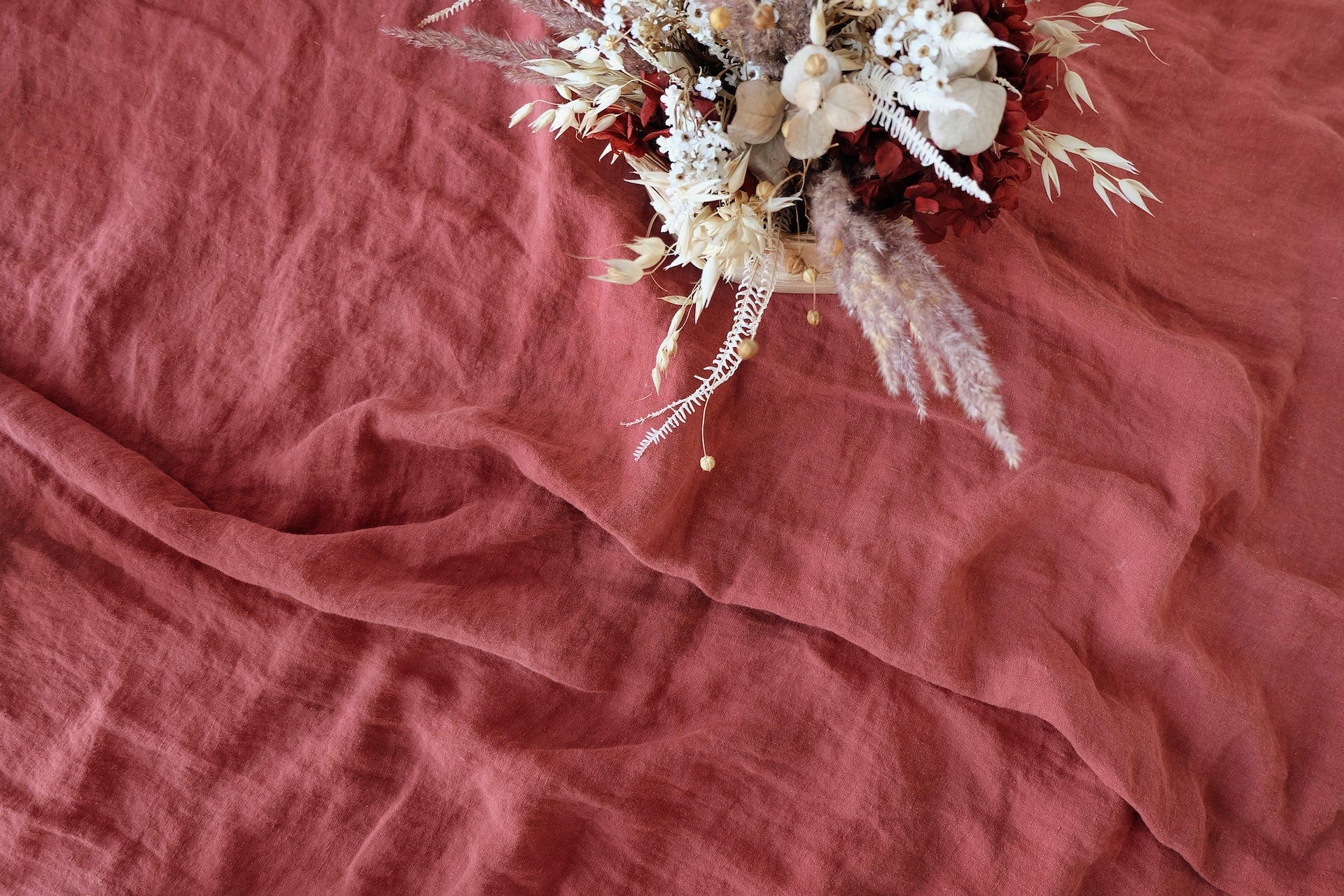
For a formal dinner, a table cloth is usually preferred over placemats. A white or ivory polyester tablecloth is a classic choice, but you can also choose a color that coordinates with your dinnerware and decor. If you prefer to use placemats instead of a table cloth, choose a set that complements your dinnerware and decor. A round gold string woven placemat is sturdy and large enough to accommodate a dinner plate and utensils.
If you choose to use fabric placemats, be sure to have them professionally laundered or ironed before use. You may want to consider adding accessories to your table setting, such as a table runner or decorative napkin rings. A nude chiffon table runner and gold acrylic napkin ring can help set the table together and create a cohesive look.
Dinner Plate
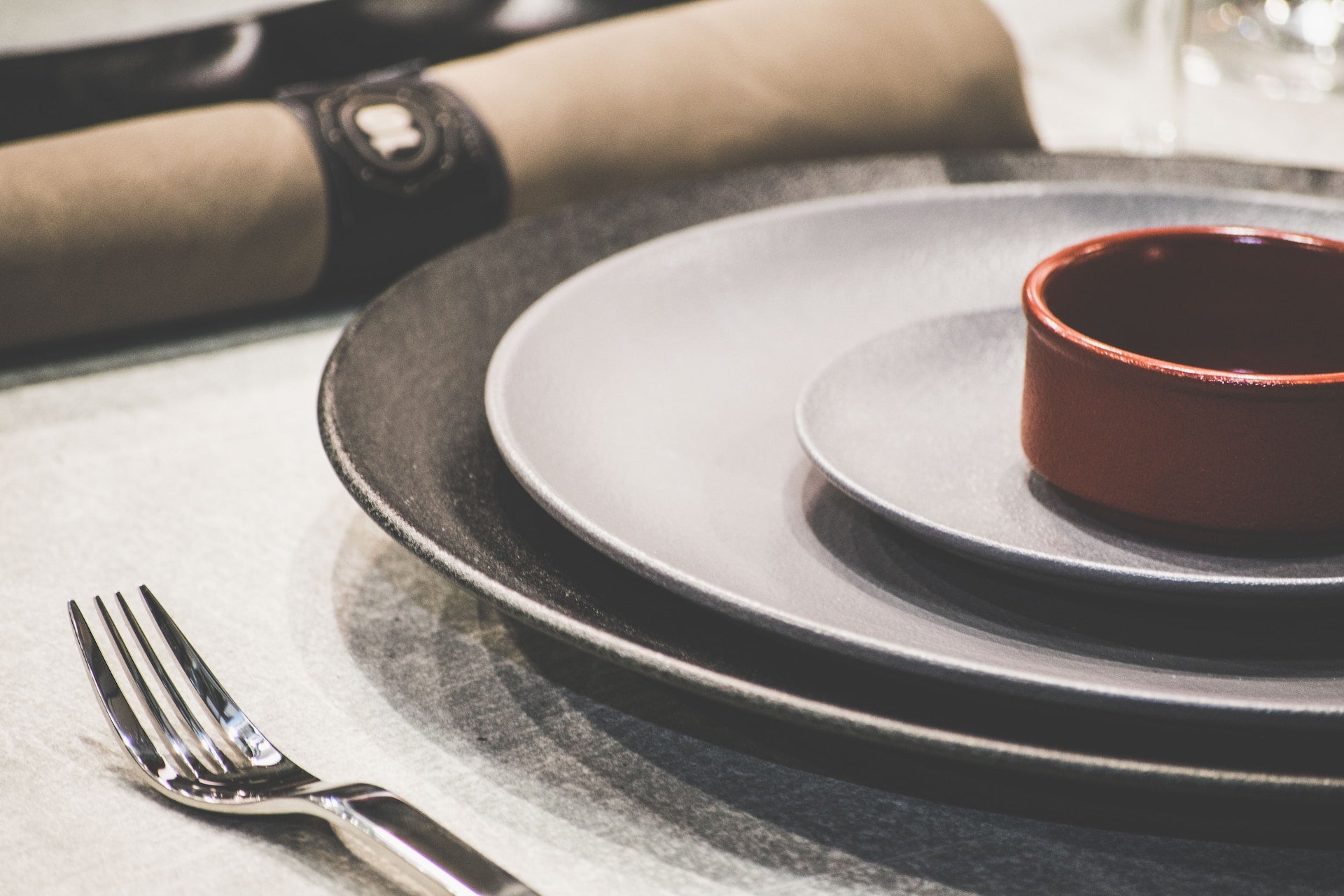
When it comes to formal table setting, the dinner plate is the central piece that sets the tone for the entire tablescape. The first step how to set a table is to place the dinner plate in the center of the place setting. The appropriate size of the dinner plate for a formal occasion is typically around 10-12 inches in diameter.
In terms of material, a disposable dinner plate can be used for a formal dinner party, as long as it is of high quality and elegant design. There are many disposable dinner plate options available that mimic the look of fine china, but with the convenience of being disposable. A très chic gold rim white plastic dinner plate is a classic style that speaks elegance.
Once the dinner plate is in place, it's time to style the rest of the table. This can be done by adding a charger plate underneath the dinner plate, which serves as a decorative base and adds depth to the table setting. An antique white gold vintage plastic serving plate with an engraved baroque rim is a timeless piece perfect for formal dinners. Remember to start with the dinner plate and build from there, incorporating elegant and high-quality disposable dinnerware to make the process easier and stress-free.
Silverware
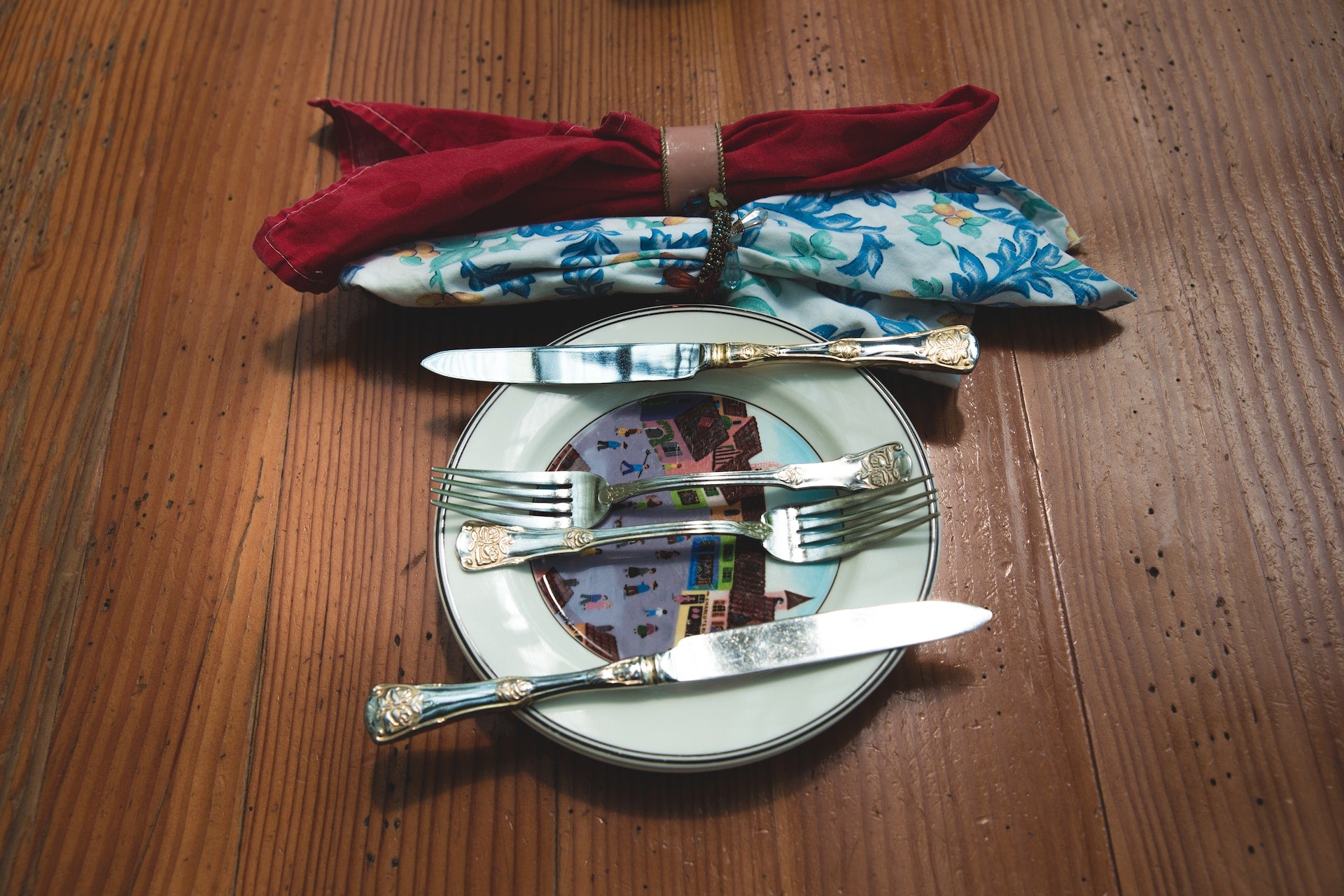
The way you set the table can greatly impact the overall ambiance of your event. One essential element of any table setting is the arrangement of cutlery. The proper placement and use of silverware can demonstrate your attention to detail and elevate the sophistication of your event. Begin by placing the plate in the center of the place setting. The forks should be placed on the left-hand side of the plate with the salad fork on the outside and the dinner fork on the inside. On the right-hand side of the plate, place the knife and spoon. The blade of the knife should be facing the plate while the spoon is placed to the right of the knife.
Disposable cutlery is appropriate for a formal dinner party, the silver classic heavy duty plastic silverware set can match any theme and style of the event. When using disposable silverware, it should be arranged in the same manner as traditional silverware. The salad fork should be placed on the outside of the dinner fork, and the knives and spoons should be arranged in the same order to the right of the plate. Disposable cutlery can be dressed up with decorative napkins and coordinating place cards to create an elegant and cohesive tablescape.
Glasses
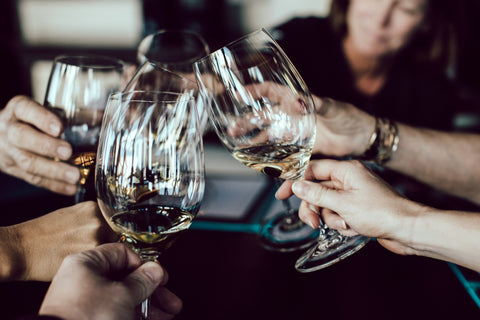
Traditionally, the water glass is positioned directly above the knife, with any other glasses arranged to the right of the water glass. This creates a balanced and organized look that not only adds to the aesthetics of the table but also helps guests find their designated glasses easily. When choosing disposable glasses for a formal dinner party, it's important to opt for high-quality, sturdy ones that can withstand the weight of the drinks and won't easily tip over. Clear plastic or crystal-cut glasses are popular options that provide an elegant and sophisticated look, without the hassle of cleaning up.
To arrange the glasses, start by placing the water glass at the center of the placement above the knife. Next, arrange the wine glasses to the right of the water glass, in the order they will be used: white wine glass first, followed by the red wine glass, and then the champagne flute, if applicable. The wine glasses should be positioned slightly above and to the right of the water glass, forming a diagonal line.
Napkins

Napkins are an essential component of a well-set dinner table, and their placement can play a significant role in the overall aesthetic of the tablescape. For formal dinner parties, it is recommended to use cloth napkins, preferably in a neutral or complementary color to the rest of the table decor. You can never go wrong with a premium ivory polyester dinner napkin. When it comes to placement, there are a few options. The most common practice is to place the napkin on top of the dinner plate.
Alternatively, the napkin can be folded and placed to the left of the forks, either on the table or on the left side of the dinner plate. One popular technique is to fold the napkin into a decorative shape, such as a fan or a rose, and place it on top of the dinner plate. Another option is to wrap the napkin around the utensils and tie it with a white organza ribbon or pearl and diamond rhinestone napkin ring. This can add a touch of color or pattern to the table setting while keeping the utensils organized.
Centerpiece
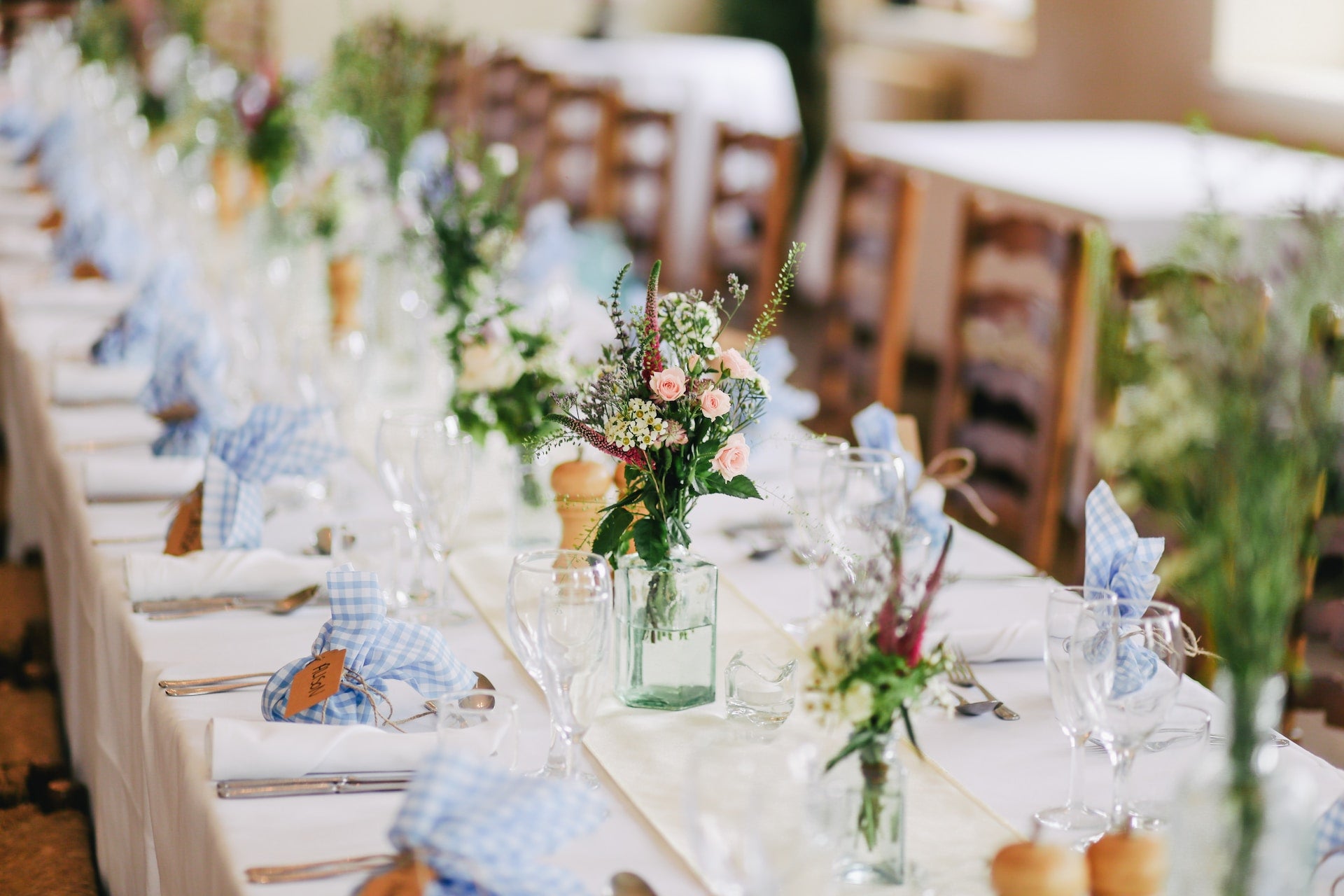
A well-designed table centerpiece can enhance the overall aesthetic of the table and set the mood for the occasion. However, it's important to keep in mind that the centerpiece should not obstruct guests' views of each other. Therefore, it's best to choose a centerpiece that is low enough to allow for clear sightlines across the table. When selecting a centerpiece, it's important to consider the theme and color scheme of the event.
An ivory open rose floral arrangement is a classic option that can add a touch of elegance to the table. However, you can also opt for a non-floral centerpiece such as a geometric taper candle candelabra, natural pampas grass sprays, or acrylic crystal table lamps. The key is to choose something that complements the rest of the tablescape without overwhelming it. Once you have selected the table centerpiece, it's time to style it with the rest of the decor. For a cohesive look, consider incorporating similar colors or textures throughout the tablescape. You can also use smaller, complementary decorations such as napkin rings or place cards to tie everything together.
Hosting a formal dinner can be a great way to bring together friends and family for an elegant evening of fine food and conversation. However, it is important to remember that proper dinner party planning is crucial to creating a memorable experience. By following these guidelines, you can ensure that your guests feel comfortable and respected, and that your event runs smoothly. Whether you're a seasoned host or a first-time entertainer, mastering formal dinner planning and etiquette is an important skill that can make all the difference in the success of your dinner party.

